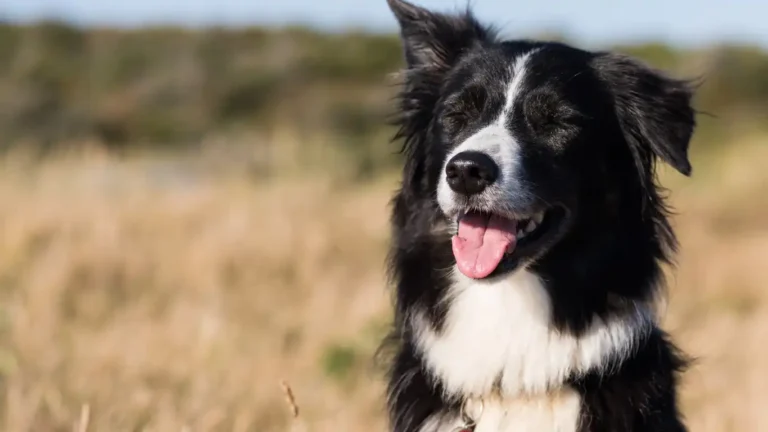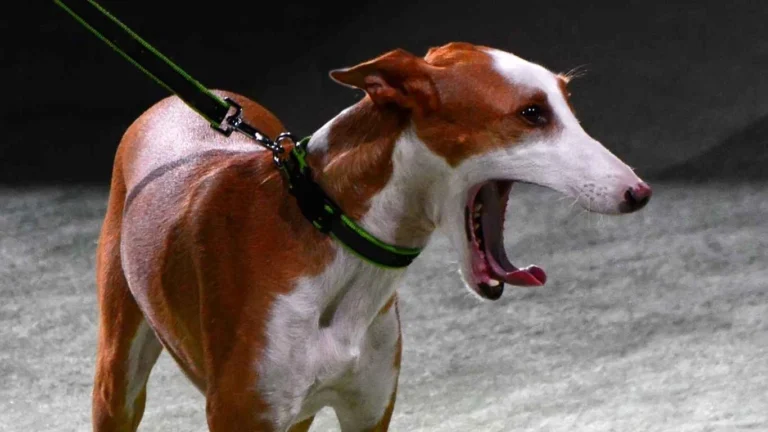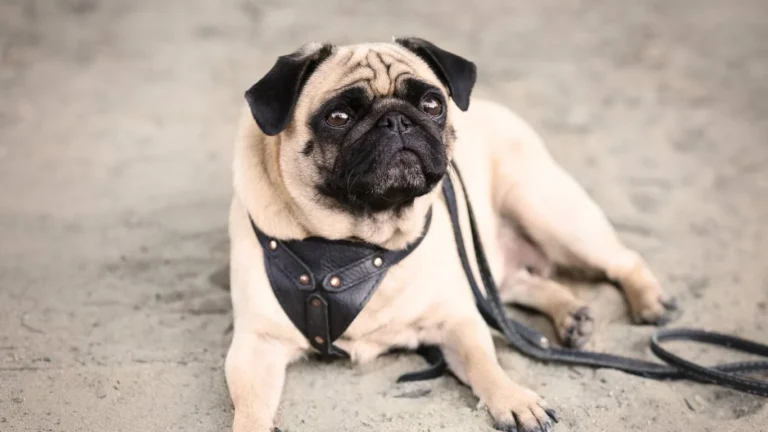7 Proven Ways to Stop Your Dog from Eating Too Fast for Better Health
If you’ve ever had a dog who gobbles up their food at lightning speed, you know how concerning it can be. Not only does eating too fast cause discomfort, but it can also lead to serious health issues like bloating, indigestion, and even gastric torsion. So, if you’re asking yourself, “How to stop a dog from eating too fast?” you’re not alone. As a Veterinary Technician/Nurse specializing in nutrition, I’ve seen this issue in countless pets, and I understand how important it is to tackle it as soon as possible. Over the years, I’ve worked with pet parents to develop strategies that are simple, effective, and easy to incorporate into their pets’ daily routine. In this post, I’ll share some practical tips and solutions to slow down your dog’s eating habits and improve their overall health and well-being.
Why Do Some Dogs Eat So Fast?
Before we dive into the solutions, it’s helpful to understand why some dogs have this behavior in the first place. Dogs that eat too quickly often do so because of their instincts. In the wild, their ancestors had to eat quickly to avoid losing their food to other predators. Fast eating was a survival mechanism. Though our pet dogs don’t need to worry about competing for food, the instinct still lingers in some breeds. Certain dogs, especially those from breeds known for their competitive eating habits (like Greyhounds or Labrador Retrievers), may find it more difficult to slow down during mealtime.
Additionally, dogs that were raised in environments where food was scarce may have learned to eat quickly out of habit. This behavior can also be seen in rescue dogs or dogs that lived in shelters, where food was often placed in a communal bowl and the race to the food was a real thing. Understanding the root cause of this behavior can help you choose the right method for slowing them down.
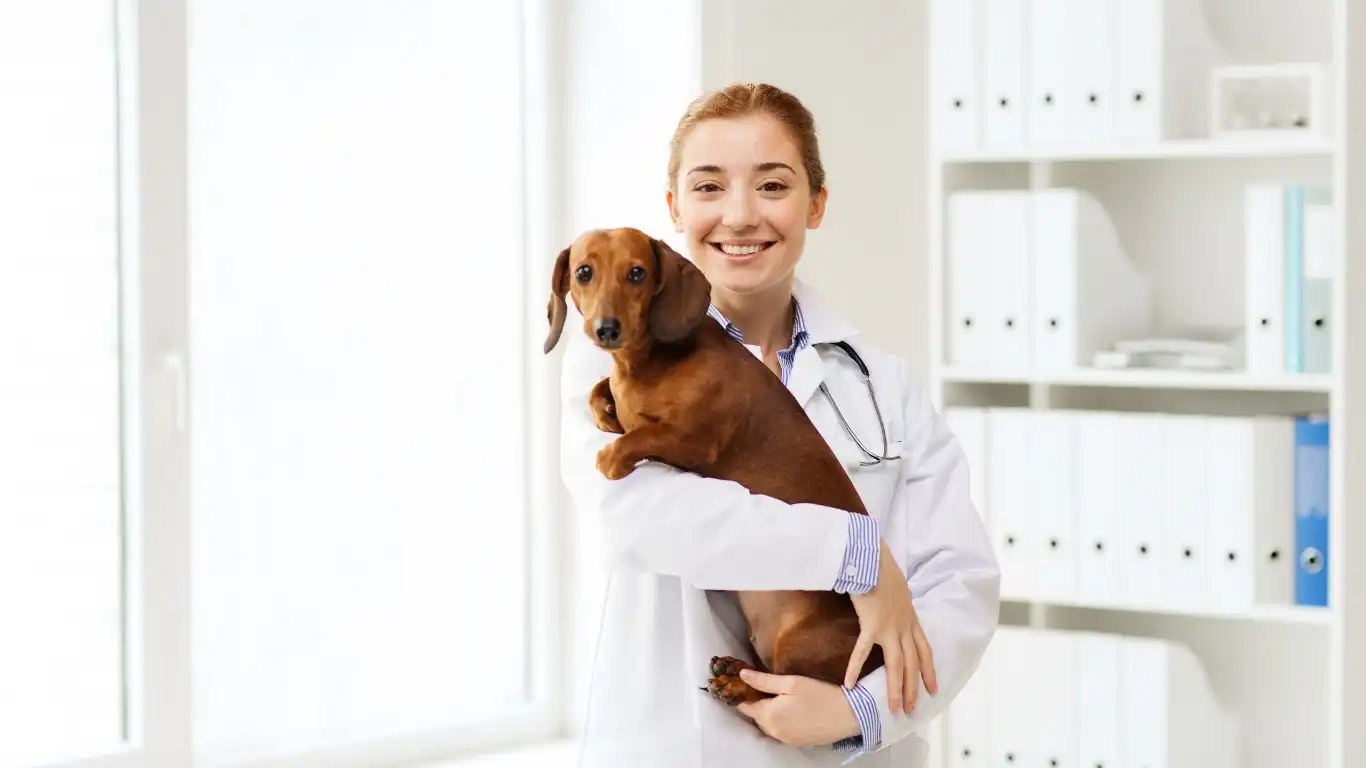
Health Risks Associated with Fast Eating
So, what’s the big deal about a dog eating too fast? For many pet owners, it’s just a little bit of a mess. However, it’s much more than that. Eating too fast can lead to serious health risks, some of which can even be life-threatening.
Bloating and Gastric Torsion
One of the most dangerous health risks associated with fast eating is bloating, also known as gastric dilation volvulus (GDV), which is a condition that can cause the stomach to twist. This twist can cut off blood flow to vital organs, causing shock and even death if not treated immediately. Although this condition is more common in large breeds like Great Danes, it’s a risk for any dog that eats too quickly. The rapid ingestion of food causes a lot of air and gas to be trapped in the stomach, which can lead to the stomach twisting and distending.
Indigestion and Vomiting
Aside from the more severe risks, dogs who eat too quickly are also prone to indigestion, gas, and vomiting. Fast eating doesn’t allow the digestive system to properly break down the food, which can lead to nausea, discomfort, and even vomiting shortly after eating. I’ve seen dogs who suffer from these symptoms regularly due to their fast eating habits, and it’s always a sad sight because they can’t tell us what’s wrong.
Effective Strategies to Slow Down Your Dog’s Eating
Now that we understand the risks, let’s explore some practical strategies to help slow down your dog’s eating habits. These techniques are easy to incorporate into your pet’s routine and can make a big difference in their overall health.
Use a Slow Feeder Bowl
One of the most effective ways to prevent your dog from eating too fast is by using a slow feeder bowl. These bowls are designed with built-in obstacles, like ridges or mazes, that force your dog to navigate around the food. This slows down their eating pace significantly. I’ve seen amazing results with slow feeder bowls, especially for dogs that are prone to eating too quickly. You can find slow feeders in various shapes and sizes, so it’s easy to find one that works for your dog.
Not only does this solution help your dog eat more slowly, but it can also provide mental stimulation, as they have to think a little bit more about how to get to their food. It’s a simple and effective solution that many dog owners swear by.

Feed Smaller, More Frequent Meals
If your dog tends to gobble up their food in one sitting, consider breaking their meals into smaller, more frequent portions throughout the day. Instead of giving them one large meal, try feeding them two or three smaller meals spaced out over the course of the day. This not only helps with slowing down their eating but also ensures that they are getting a steady supply of energy and nutrients.
By doing this, you’re preventing your dog from overeating and reducing the risk of indigestion and bloating. Plus, it’s easier on their digestive system overall. For dogs with high energy levels or those that tend to get excited about food, smaller portions also help maintain their focus, so they don’t inhale their food in seconds.
Consider Puzzle Toys or Food Dispensing Toys
Another great method to slow your dog’s eating is by using puzzle toys or food-dispensing toys. These toys are designed to challenge your dog mentally and physically while they eat. They make your dog work for their food, which means they have to eat more slowly. You can find a variety of these toys in pet stores, from simple treat-dispensing balls to complex puzzle feeders that require your dog to solve a problem before getting their food.
Not only do these toys slow down your dog’s eating, but they also help engage their brains and provide enrichment. This is especially beneficial for high-energy dogs who need mental stimulation throughout the day. Plus, it can turn mealtime into a fun, rewarding experience for your dog!

Monitor and Adjust Food Portions
Another crucial aspect of managing how quickly your dog eats is ensuring that you’re offering the right portion sizes. I’ve worked with many pet owners who, despite the best intentions, accidentally overfeed their dogs, leading to overeating and faster eating habits. Dogs that are consistently given large portions of food might start eating too quickly because they’re excited to finish the meal, so adjusting the portion sizes to fit your dog’s activity level and nutritional needs can really help slow things down.
One thing to remember when adjusting food portions is to pay attention to your dog’s body condition. Overfeeding can lead to weight gain, while underfeeding can cause hunger and lead to quicker eating. I always recommend working with a veterinarian to determine the right portion size, based on your dog’s age, breed, activity level, and metabolism. You can then fine-tune the amount you feed your dog and find a balance that promotes both health and slower eating habits.
Some pet parents also benefit from using measuring cups to ensure they’re feeding an appropriate amount. This simple tool helps you avoid guessing when it comes to portion sizes and keeps your dog’s eating under control. By creating a structured feeding routine, your dog is less likely to feel rushed to gobble up their food.

Creating a Calm Eating Environment
Sometimes, a dog’s eating habits are influenced by the environment they eat in. Just like humans, dogs can become excited or stressed if there’s too much going on around them during mealtime. I’ve observed that dogs eating in high-traffic areas or with distractions, like loud noises or other pets competing for attention, are more likely to eat quickly out of anxiety. Creating a calm, quiet environment can help your dog focus on their food and eat at a slower, more controlled pace.
If you have multiple dogs, feeding them in separate areas can help, especially if one tends to finish their food first and then “steal” the others’ meals. If your dog is easily distracted, try setting up a designated feeding area, away from distractions like people, other pets, or TV noise. A peaceful environment promotes better digestion and healthier eating habits overall.
Consider Raised Dog Bowls
Another tip that some dog owners find useful is switching to raised dog bowls. These elevated bowls can help improve your dog’s posture while eating, which might result in them eating more slowly and with less discomfort. I’ve seen raised bowls make a difference for older dogs or dogs with neck or back issues, as it helps them maintain a more natural eating posture, reducing strain while eating.
Some dogs, especially larger breeds or those with shorter snouts, may find raised bowls more comfortable and less hurried, which can lead to slower eating speeds. You’ll want to make sure that the height of the bowl is appropriate for your dog’s size. Too high, and it may cause strain; too low, and it defeats the purpose. A simple, adjustable raised bowl setup could work wonders for your dog’s eating habits.
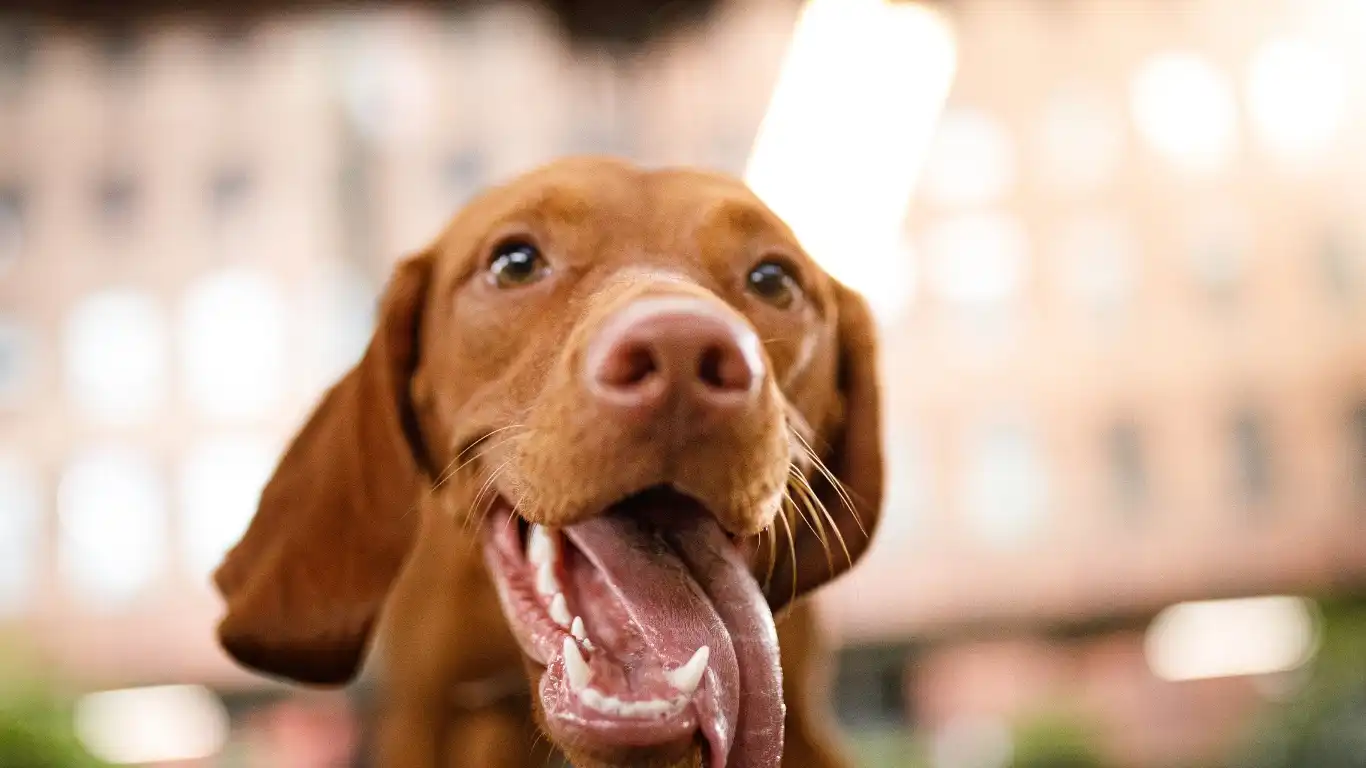
Use of Food Toppers and Additives
Food toppers can be a game-changer when it comes to slowing down fast eaters. By adding wet food, a liquid, or even a bit of broth to your dog’s regular kibble, you can make the food more challenging to consume quickly. The moisture in the food slows down their eating pace because they can’t just inhale the dry kibble as quickly.
I’ve used this method myself with my own pets and have seen some great results. Adding a small amount of canned food, pumpkin puree, or low-sodium broth can not only slow your dog down but also enhance the flavor and increase their enjoyment of the meal. Just be mindful to monitor the calorie count if you’re adding wet food or toppers to ensure you’re not unintentionally overfeeding your dog. Portion control is key here.
Food Puzzle Games
If you’re looking for an interactive way to slow your dog down, food puzzle games are a great option. These puzzles make your dog work for their food, which significantly slows down their eating. Depending on the complexity of the puzzle, your dog might have to move pieces around, flip switches, or complete certain tasks before they can access the food. It’s fun for them, and it ensures that they are eating slowly. It’s also an excellent way to stimulate their brain and reduce boredom, especially in high-energy dogs.
I can tell you from personal experience that food puzzles are a win-win. They challenge your dog mentally while helping them eat at a more reasonable pace. Plus, it’s really satisfying to watch your dog engage with their food in such an interactive way. There are a variety of food puzzles available, so you can easily find one that matches your dog’s skill level and size.
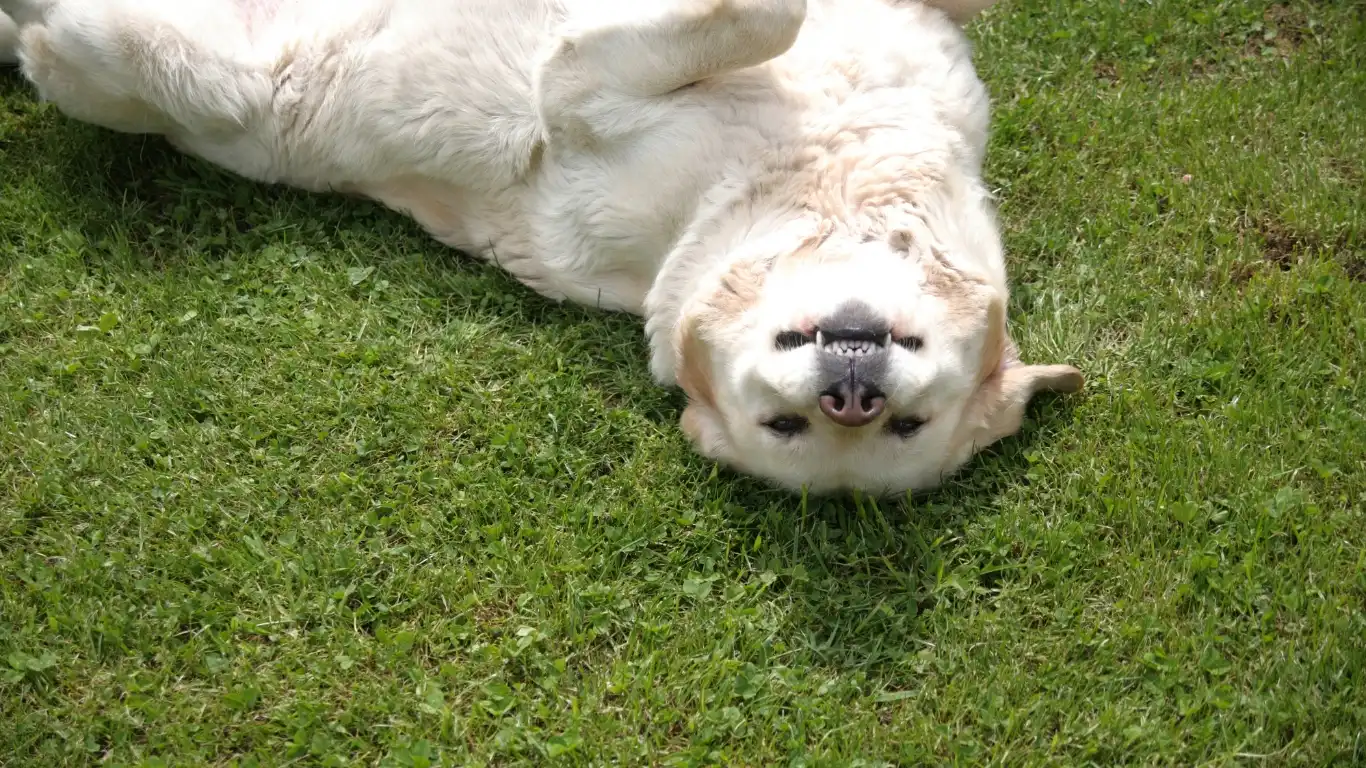
Consistency is Key
When it comes to teaching your dog to eat slower, consistency is one of the most important factors. I can’t tell you how many times I’ve worked with pet parents who’ve tried a solution once or twice and then given up, thinking it wasn’t working. Changing your dog’s eating habits takes time, and it’s crucial to stick with the methods that work best for them. Whether you’re using a slow feeder bowl, food puzzles, or smaller meals throughout the day, you’ll need to be consistent in applying these techniques.
In my experience, the longer you allow your dog to practice slower eating, the more natural it becomes. The key is patience and repetition. If you’ve decided to implement smaller meals throughout the day or introduce a slow feeder bowl, keep at it for several weeks before deciding if it’s the right solution. You may also need to adjust methods based on how your dog responds. What works for one dog might not work for another, so it’s important to stay flexible and observant of your dog’s eating behavior.

Seek Professional Guidance
If you’ve tried the methods mentioned so far and your dog is still eating too fast, it may be time to consult with a veterinarian or a certified canine nutritionist. Sometimes, there could be an underlying health issue or behavioral concern that is contributing to your dog’s fast eating habits. Working with a professional can help you better understand your dog’s nutritional needs and offer more tailored solutions.
For example, some dogs that eat too quickly may have issues with anxiety or other psychological factors that cause them to rush through mealtime. A veterinarian or behavioral specialist can help identify any hidden causes and recommend strategies to address them. Additionally, they can suggest specific food types, meal schedules, or even recommend medications or supplements to ease digestion and help your dog eat at a normal pace.
From my personal experience, seeking professional help not only ensures that your dog’s nutritional needs are being met but also provides peace of mind knowing you’re doing everything you can for your pet’s well-being.
Additional Tips and Tricks
If you’re looking for even more ways to slow down your dog’s eating, here are a few additional tips and tricks that may help:
- Hand Feeding: Some dogs benefit from being hand-fed, especially when they are prone to scarfing down their food too quickly. This approach forces your dog to eat slowly and gives you a chance to bond with them during mealtime.
- Freeze the Food: Freezing your dog’s food (whether it’s wet food or a mixture of kibble and wet food) can create a challenge that forces your dog to slow down. The food becomes harder to chew, making it more difficult to swallow in large quantities at once.
- Multiple Small Bowls: Another technique is to spread the food out into multiple small bowls around your home or yard. This can prevent your dog from focusing solely on one bowl and encourages them to eat more slowly as they work their way through the different bowls.
- Feeding Mats: Special feeding mats designed with ridges or grooves are available to make your dog work harder to get to their food. These mats can slow down the eating process by spreading the food out across a larger surface.
By incorporating one or more of these tips, you can keep your dog’s eating habits in check and help promote a healthier eating routine. It’s all about finding the right combination of solutions that works best for your dog’s individual needs.
References
For more information on pet care and dog nutrition, be sure to check out the following trusted resources:
These sources provide reliable, up-to-date information on dog health and behavior that can assist in guiding you through any challenges you may face with your dog’s eating habits.
Disclaimer
While this article offers tips and insights based on my professional experience as a Veterinary Technician/Nurse, it is important to note that every dog is unique. What works for one pet may not work for another. If you have concerns about your dog’s eating habits or health, it’s always a good idea to consult with a veterinarian or a canine nutritionist. They can provide a personalized evaluation and offer the best advice tailored to your dog’s specific needs.

